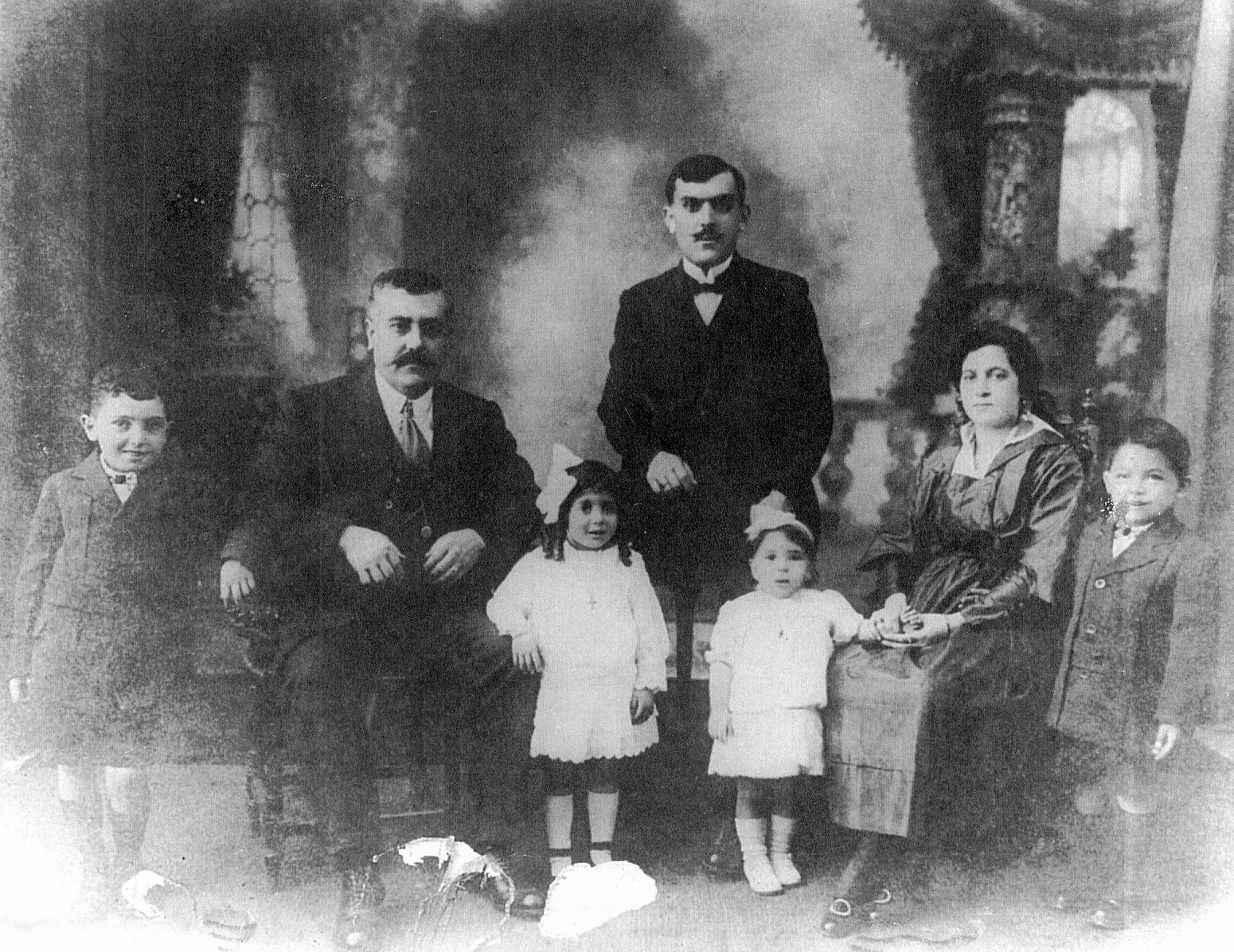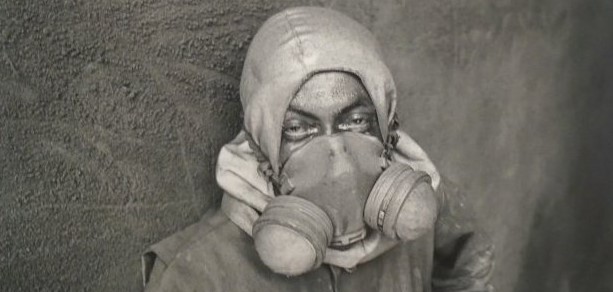Albinos in the Laager* – Being Lebanese in South Africa
This article is written by Cecile Yazbek who was born into a Lebanese family in East London, South Africa. She is the author of four books all related to the Lebanese diaspora. This is the first in a three-part series including The Chasm of Assimilation and Transplanted Family Trees. All photos courtesy of author.
* laager, a defensive circle of Boer wagons from which attacks were repelled and launched.

How does the past impact the present? J.M. Coetzee says, “Historical understanding is understanding of the past as a shaping force upon the present. Insofar as that shaping force is tangibly felt upon our lives, historical understanding is part of the present.”[1] The shaping force, in this case classification of Lebanese Asians as white in South Africa, could not be more tangible. In examining the 1913 court battle for citizenship and its entitlements, I try to understand how we were during apartheid and what we have become.
I was born in 1953 into a Lebanese family in apartheid South Africa. In 1986, I left there and came to live in Australia. It would be six years before Nelson Mandela was released from prison and apartheid ended.
My unease
When the 1996 Truth and Reconciliation Commission began hearings into human rights violations committed during the apartheid era, I felt increasingly uneasy. Whether or not we knew about atrocities, we were all contaminated by the air of violence and cruelty. We white South Africans who live abroad were surely not absolved of the sins of one of the great crimes of the twentieth century simply because we had emigrated. I wanted to uncover those dark patches in my own heart.
Wealth in South Africa
Diamonds, gold and ostrich feathers were the country’s wealth in the late 19th century. Immigrants, among them Lebanese, Jews and Greeks, entered the country under British colonial rules that classified people by race and colour. As part of that stream, my grandparents left Lebanon and settled in South Africa at a time when antagonism towards successful foreigners began to grow. Exclusion on racial grounds was one way of reducing their economic prominence
Court case made us white

In a 1913 reversal of permission given in 1907, Lebanese/Syrian Moses Gandur was denied the right to purchase land in Johannesburg because he was a member of a race forbidden from owning property in South Africa. Helped by his Maronite Church, Gandur took his case to the High Court. His lawyers successfully argued that Syrians came from the place where Christianity originated and that the law in South Africa was intended to prejudice non-Christians and other unbelievers and was not meant to impose restrictions on Christians. Thus the Lebanese, my ancestors included, won the right to remain in South Africa with all the privileges of Europeans because of their Christian adherence. Their view of themselves as special – Christians in the Arab world – was reinforced in their new country: they were special as Christian whites in Africa.
Whiteness threatened by politics
When the National Party came to power in 1948, the second generation of Lebanese was well-established but the story of the court cases was buried – a secret underpinning our business and personal lives. The cornerstone of the Apartheid plan was the Population Registration Act under which we Lebanese faced the possibility of losing our white status. [2] The new regime’s zealous compilation of an index of racial categories based on skin colour posed a threat to Lebanese whose variations in skin tone made it harder for a uniform racial classification to be applied. New Lebanese migrants were no longer welcome in South Africa. All groups carried an identity document indicating race. As whites, we were elites, marking us, whether racist or not. In public, we felt constrained to be perfect in our self-presentation and to eschew anything that smacked of a second-class life.
Africans, Asians (Indians and Chinese) and ‘Coloureds’ would not have had a chance of winning a case for whiteness. We Lebanese were inside the Boer laager. For almost fifty years from 1948, no one in or outside the community mentioned the legal battles that won our whiteness. Generations grew up privileged without any knowledge of our ancestors’ battles. Only in 2001 did Cedar Leaf magazine of the Lebanese in South Africa publish the story, including judgements from the High Court. [3]
Then to Now

In the bad old days, I looked for anti-apartheid activism in the Lebanese community. But both our Christian social justice beliefs and our culture of hospitality were silenced by overwhelming fear. We were politically timid. I’d seen police detentions and shootings. Not everyone could be on the front line against that ruthless and brutal regime. This fight to remain white, and therefore acceptable, had a deep impact on our psyches. With secrecy and fear around our hard-won racial status, we were in the margins of the society, unable to question the status quo.
I myself, as a young, politically outspoken mother, had attracted some minor but nerve-wracking attention from the authorities. I held concerns for my children’s moral and physical safety. As fear won, Australia looked like a safe place.
One hundred years after that court case, I see my face wearing layers of time peopled by my Lebanese ancestors. My post-colonial white South African identity is bitterly burdened. I moved from a place of unreal privilege into the ordinary world and found my expectations tainted by my entitled life. And yet, it was my growing up in South Africa that taught me how to adjust my moral compass and remain engaged in a troubled world.
Sources
[1] “What is a Classic?” J.M. Coetzee. Stranger Shores, Essays 1986-1999 (London: Secker & Warburg, 2001).
[2] Guita Hourani “The Struggle of the Christian Lebanese for Land Ownership in South Africa” (Beirut: Mari 2000).
[3] Cedar Leaf news magazine of the Lebanese South African community, Parkhurst, Johannesburg July/August 2001
Further reading
Ghassan Hage, “White Self-racialization as Identity Fetishism: Capitalism and the Experience of Colonial Whiteness” in Racialization: Studies in Theory and Practice, ed. John Solomos and Karim Murji (Oxford: OUP, 2004) pp 185-205
Hanna, Ken and Fr Charbel Habchi, “People of the Cedars” A twentieth century insight into the Lebanese South African community. South Africa, 2011
- Categories:


